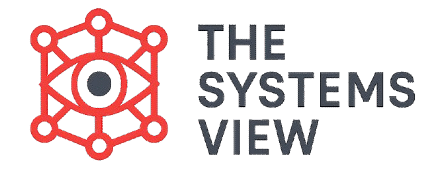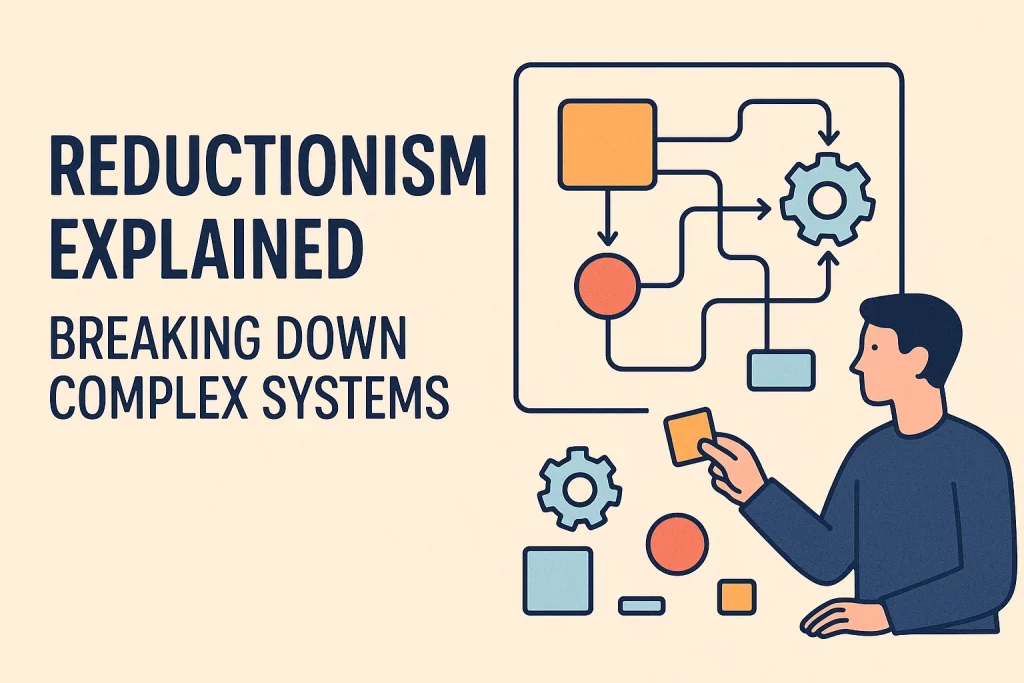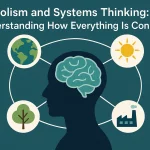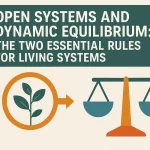Imagine you are trying to understand how a complicated television works. The quickest way to start is to take it apart, right? You would separate the screen from the circuits, the circuits from the wires, and the wires from the tiny electronic chips. This method of breaking things down to understand them is called reductionism.
Reductionism is the traditional and successful approach used across most of modern science, from physics to biology. The core idea is that to understand a complex system, you must reduce it to its smallest, simplest, and most fundamental parts. By fully explaining the behavior of these basic components, scientists assume they can explain the behavior of the whole. However, while powerful, this method has limits, especially when studying living and social systems.
The Reductionist Method
The strategy behind reductionism is to simplify complexity. Scientists try to isolate a variable or a part of a system so they can study it without interference from the surrounding environment.
The Goal
The primary goal of reductionism is to find the fundamental laws and building blocks of nature. Scientists seek to explain phenomena at a “lower” level of organization.
- Example in Biology: A reductionist studying depression might not look at a person’s life experiences. Instead, they would focus on the smallest chemical level: the levels of neurotransmitters (like serotonin) in the brain. The whole complex human problem is “reduced” to a chemical imbalance.
- The Chain of Explanation: The reductionist believes that sociology can be explained by psychology, psychology by biology, biology by chemistry, and chemistry by physics. The most fundamental level is seen as the “truest” explanation.
Historical Success
This approach has led to massive scientific breakthroughs. The discovery of the atom, the periodic table of elements, and the structure of DNA were all achieved through powerful reductionist thinking. By isolating the simplest parts, scientists could establish clear, predictable, and measurable laws.
Reductionism is the traditional scientific method that breaks a complex system down into its simplest, smallest parts to understand them in isolation. This method aims to find the fundamental laws and building blocks of nature, believing that the behavior of the whole can be explained by the behavior of its components.
The Limits of the Reductionist View
While reductionism is powerful, it faces significant challenges when applied to complex, highly organized systems, especially those that are living or social.
Losing Context
The biggest drawback of reductionism is that it destroys the context. When you separate a part from its operating environment, you lose the crucial information about how it interacts and relates to other parts.
- A battery on a table does nothing. A battery connected to wires, a bulb, and a switch creates light. The relationship is what matters, but reductionism often focuses only on the individual battery or bulb.
- In living systems, the flow of energy and information is essential. Reducing the system to static parts misses this dynamic flow.
Missing Emergent Properties
The second major failure of reductionism is that it cannot explain emergent properties. These are unique qualities of a system that only appear when all the parts are organized and working together.
- Example: A pile of metal and plastic pieces cannot “fly.” The ability to fly emerges only when the thousands of parts of an airplane are connected in a specific, functional way.
- Since reductionism only studies the parts in isolation, it cannot predict or explain these new, organized behaviors. It is stuck only with the properties of the raw components.
The Systems Thinking Challenge
The founders of General Systems Theory (GST), such as Ludwig von Bertalanffy, developed the concept of holism specifically to challenge reductionism.
Why Holism is Needed
GST argues that when dealing with complex, organized systems (like an ecosystem, a cell, or a business), you must use holism.
- Holism looks at the whole first to capture the emergent properties.
- It focuses on the organization and relationships, not just the individual components.
Systems thinkers believe that while reductionism is a useful tool for specific problems, it must always be used within the context of the larger, holistic system. Solving a small problem in isolation (the reductionist trap) often creates a new, bigger problem for the whole system.
Conclusion
Reductionism is a highly effective scientific strategy that seeks to understand complexity by breaking a system down into its simplest parts. It has yielded foundational knowledge across many sciences. However, because this method loses the context and misses emergent properties, it falls short when trying to explain complex, organized systems. For problems involving life, behavior, or society, the approach of reductionism must be balanced with the holistic view of Systems Thinking.



